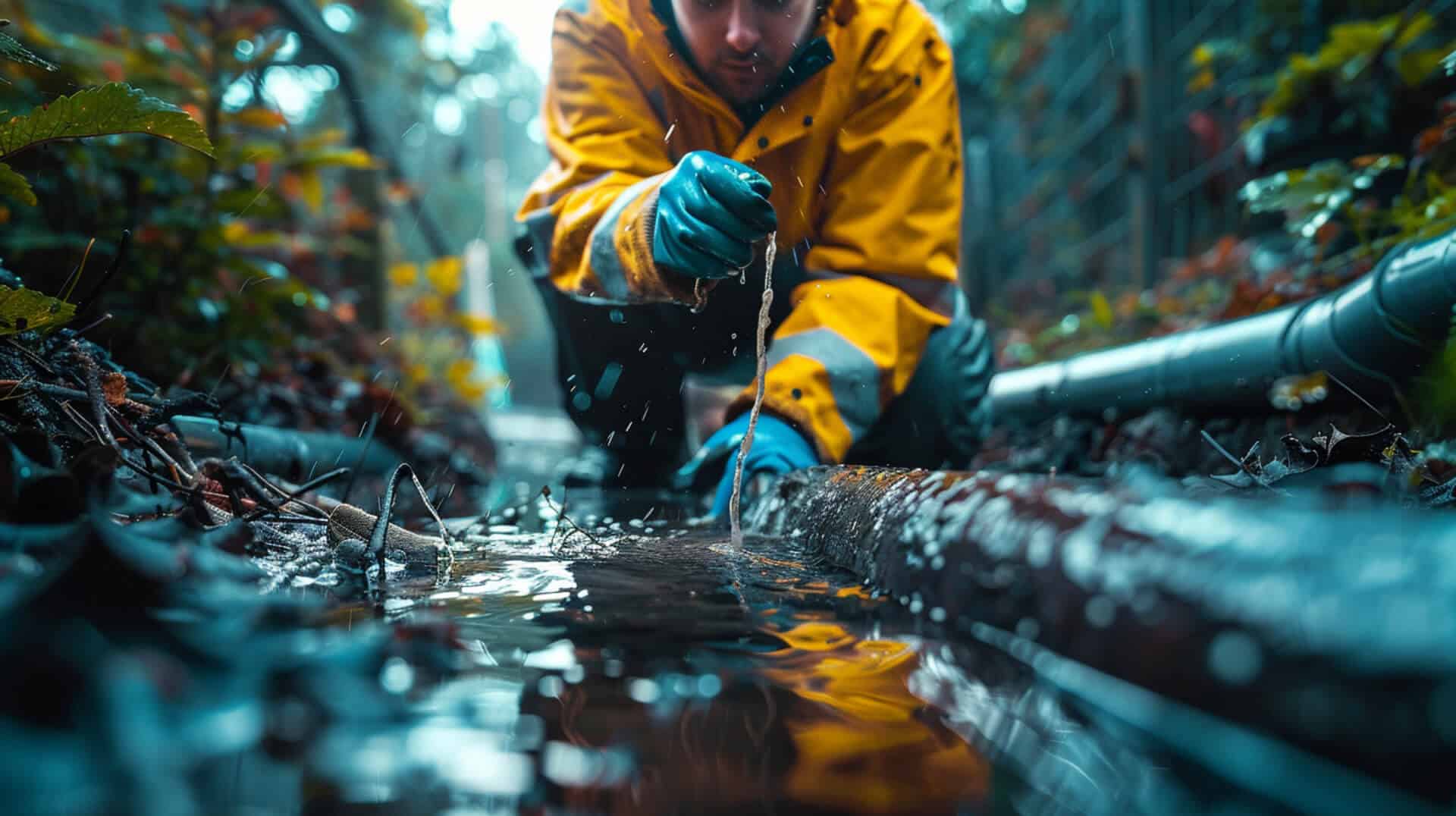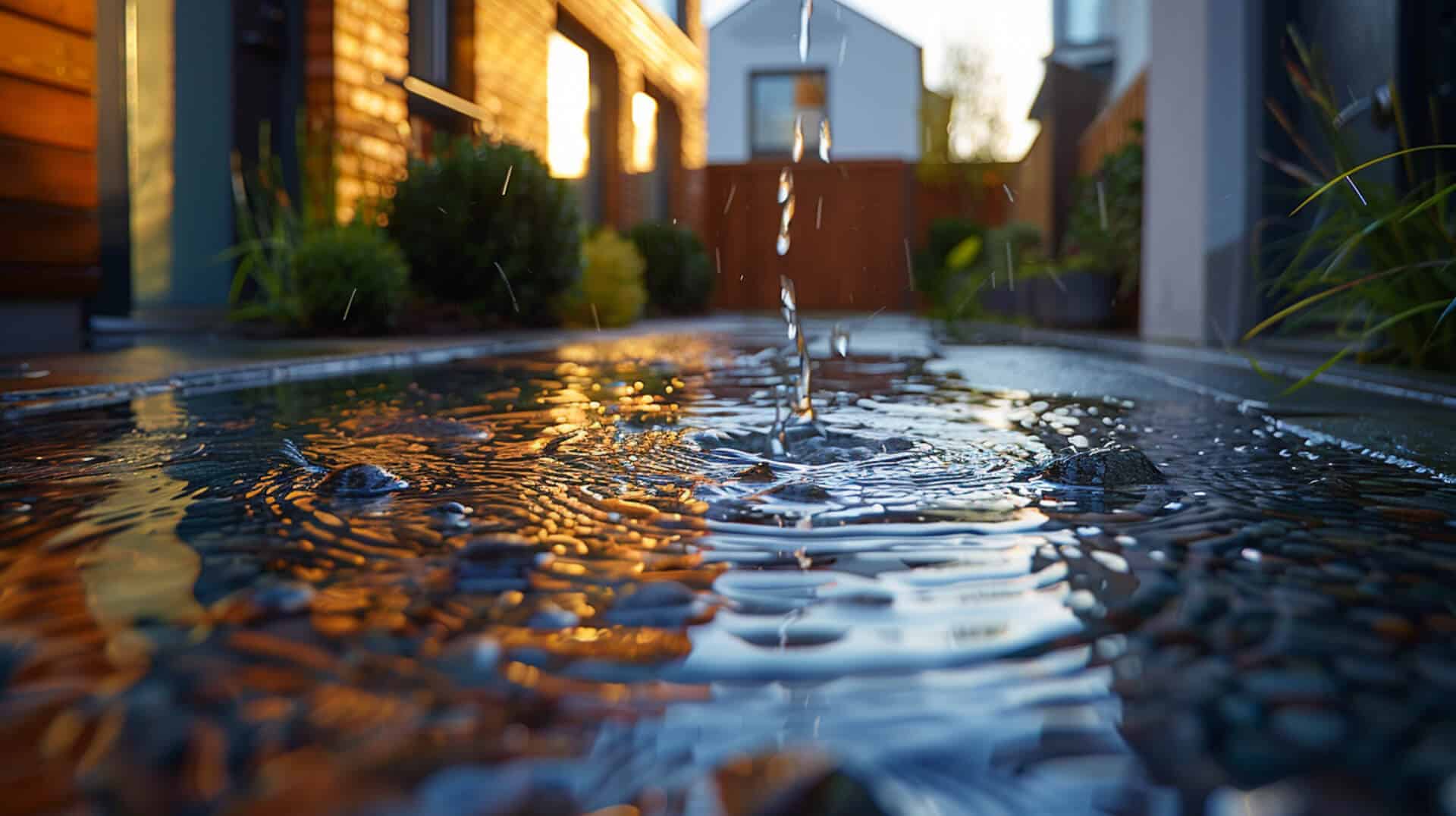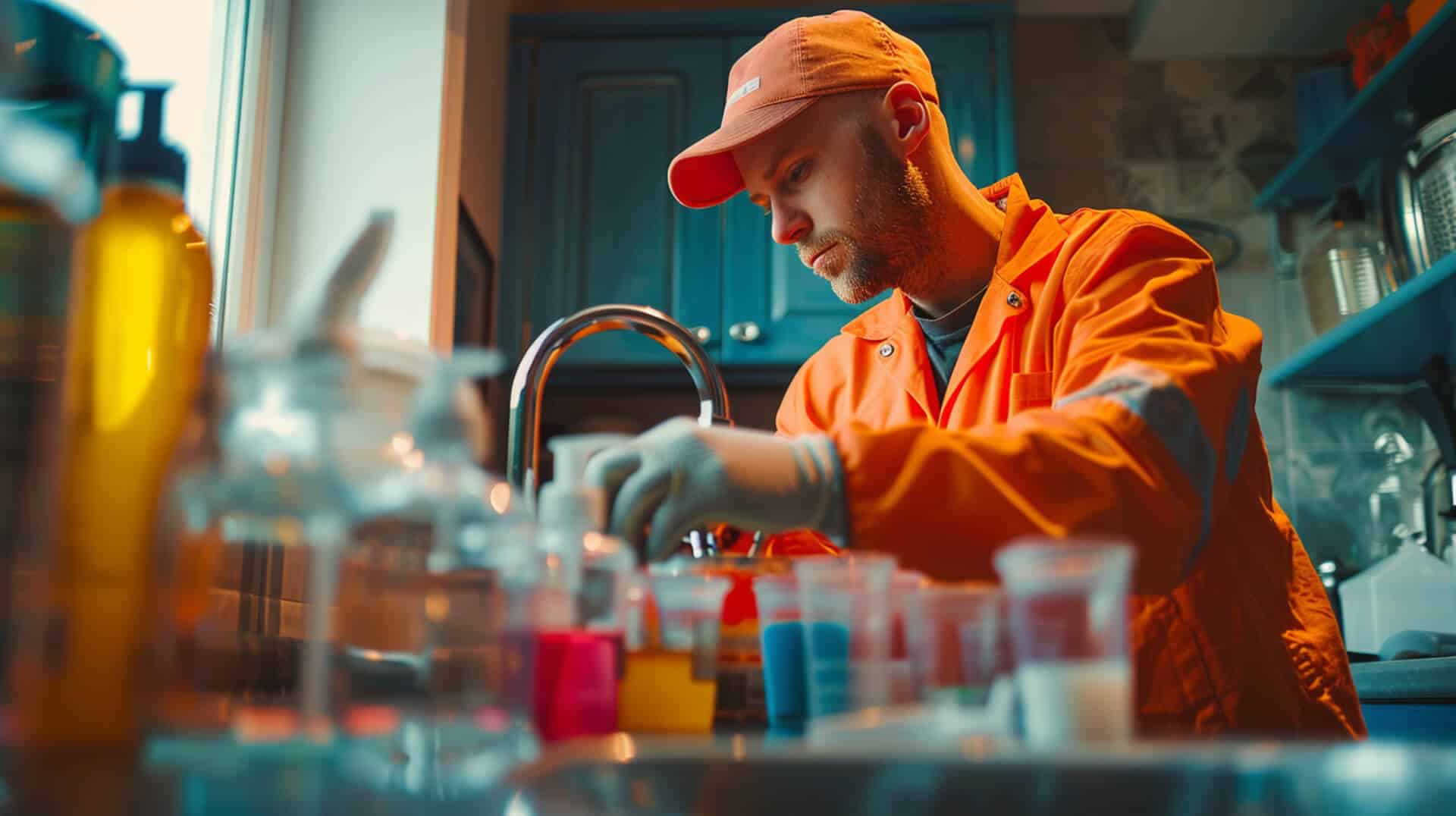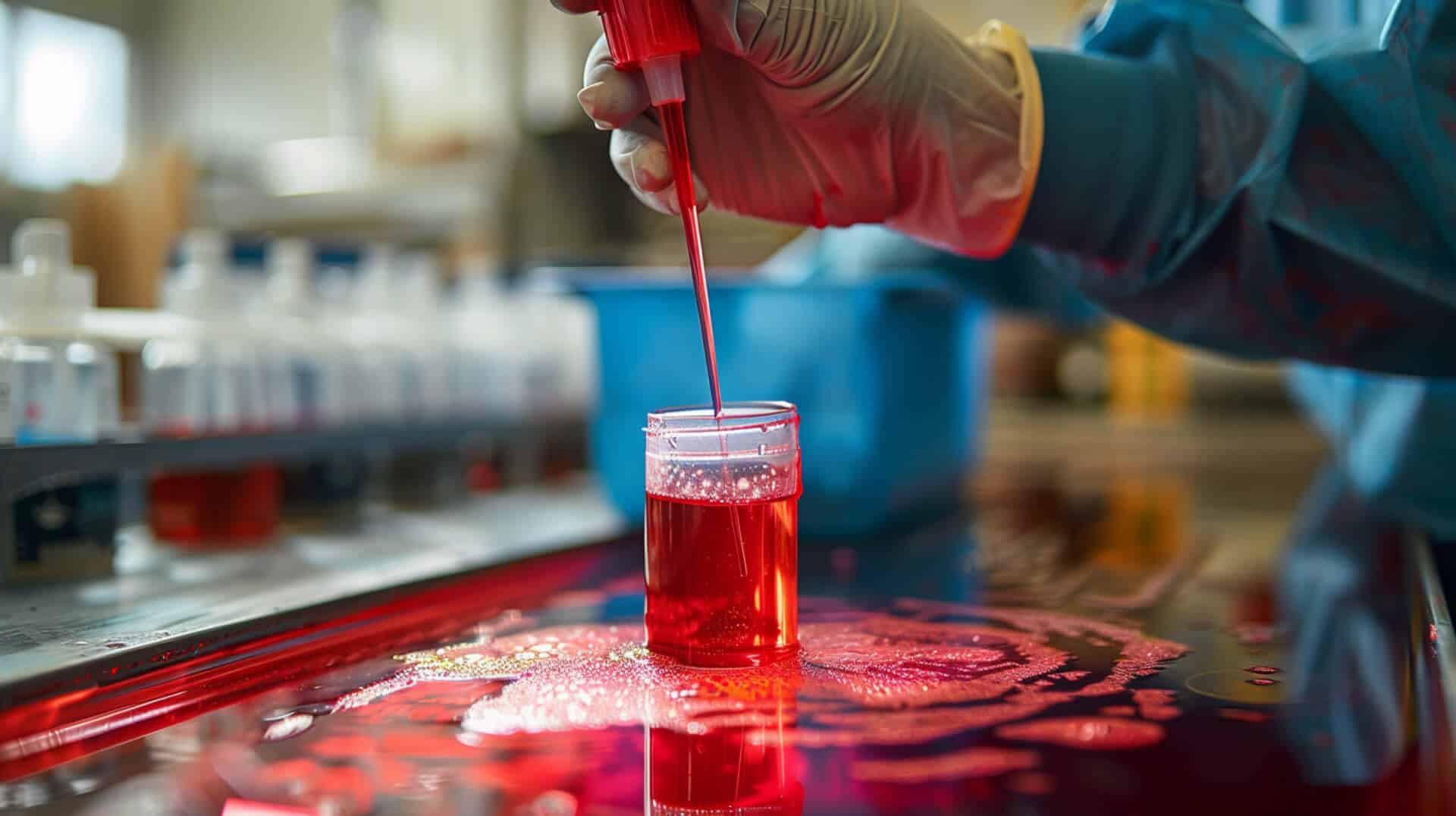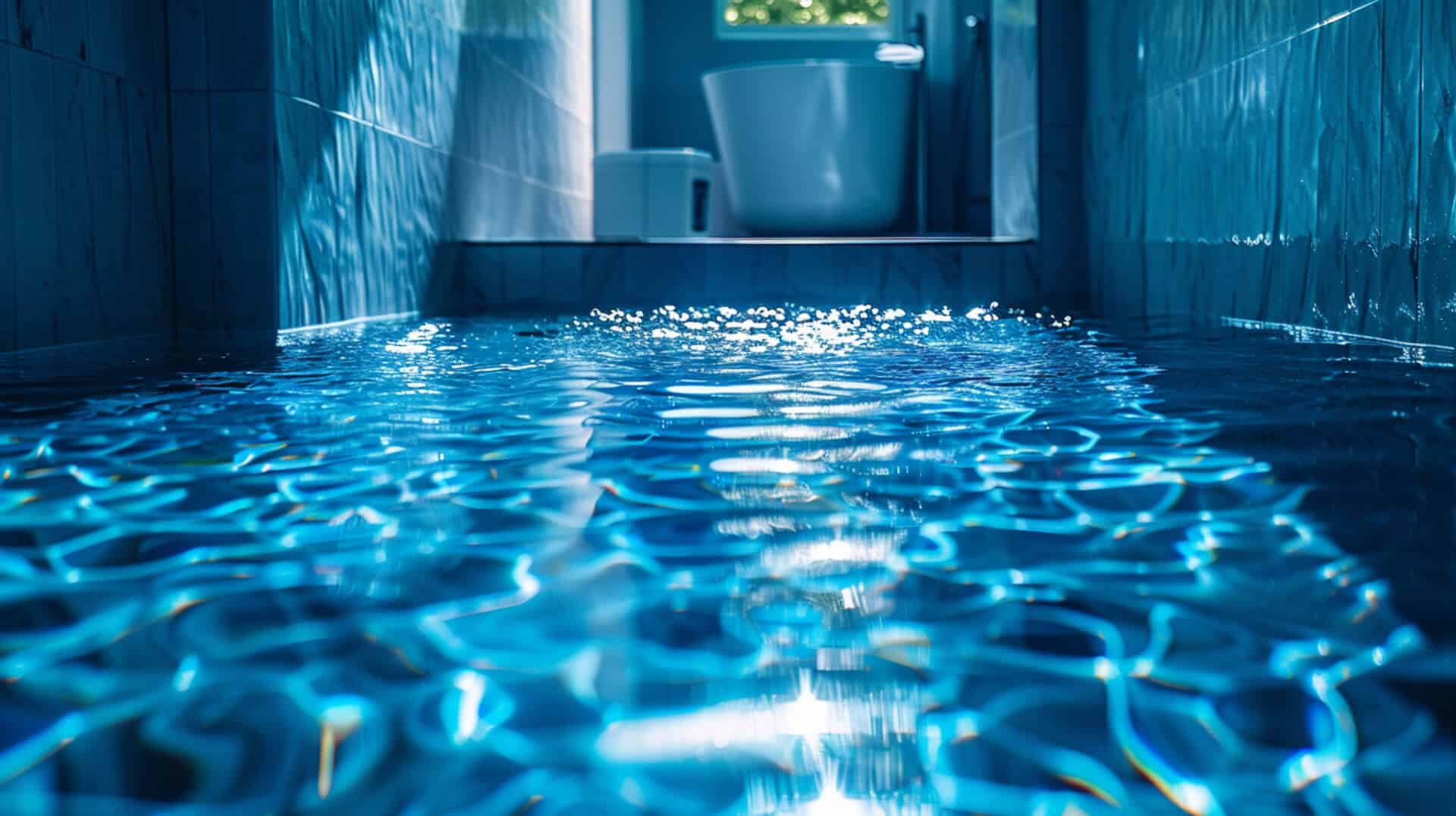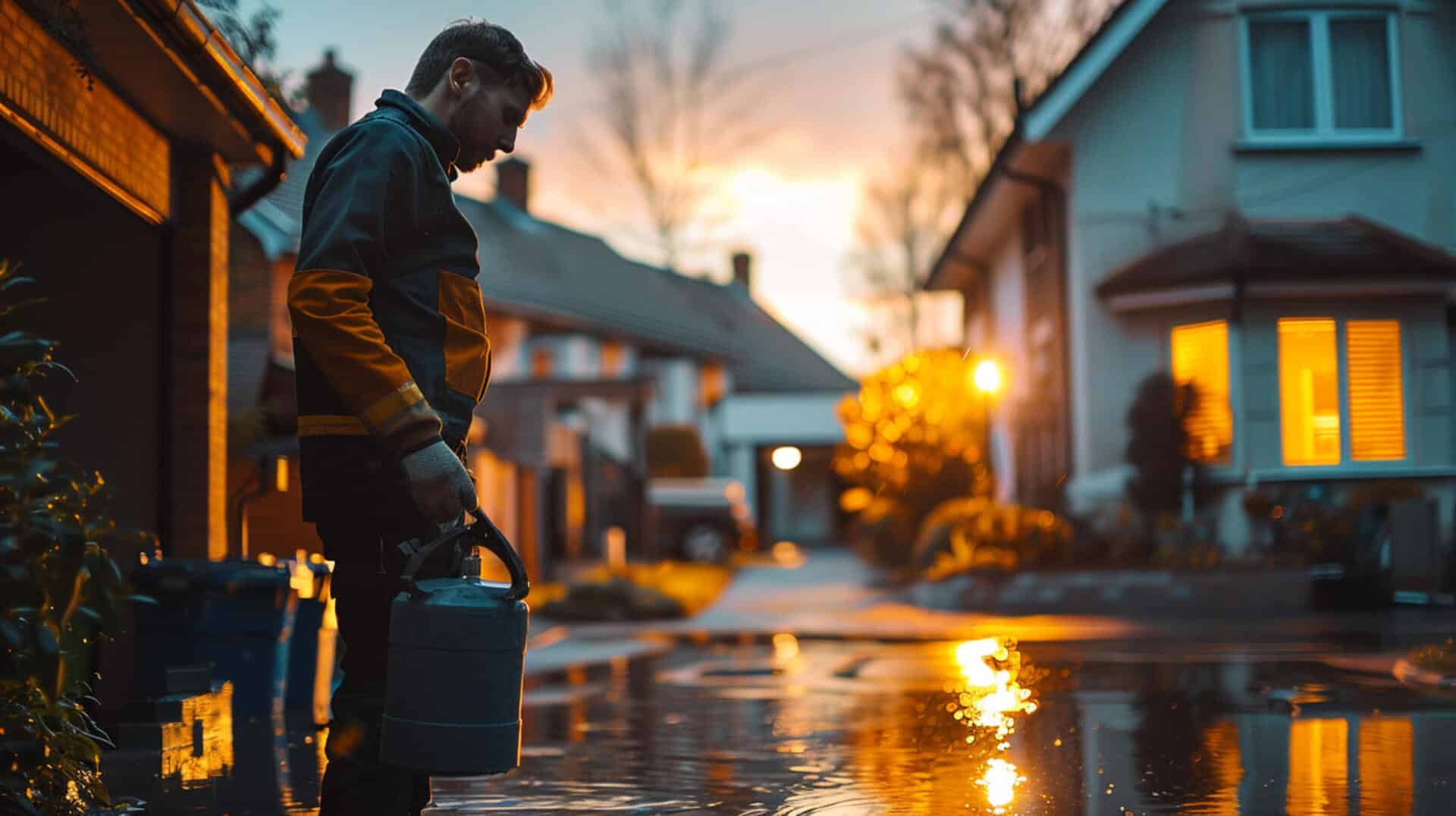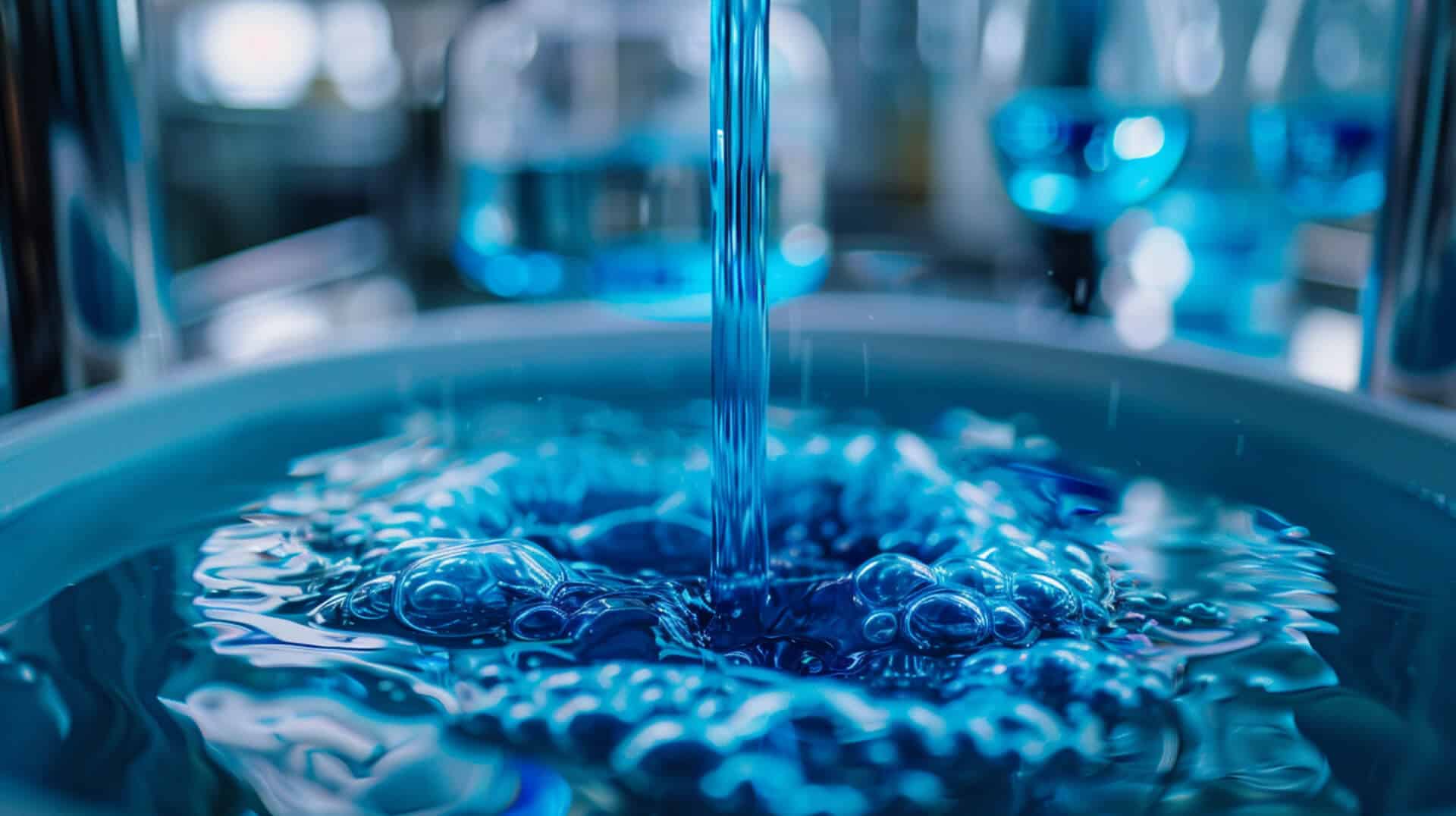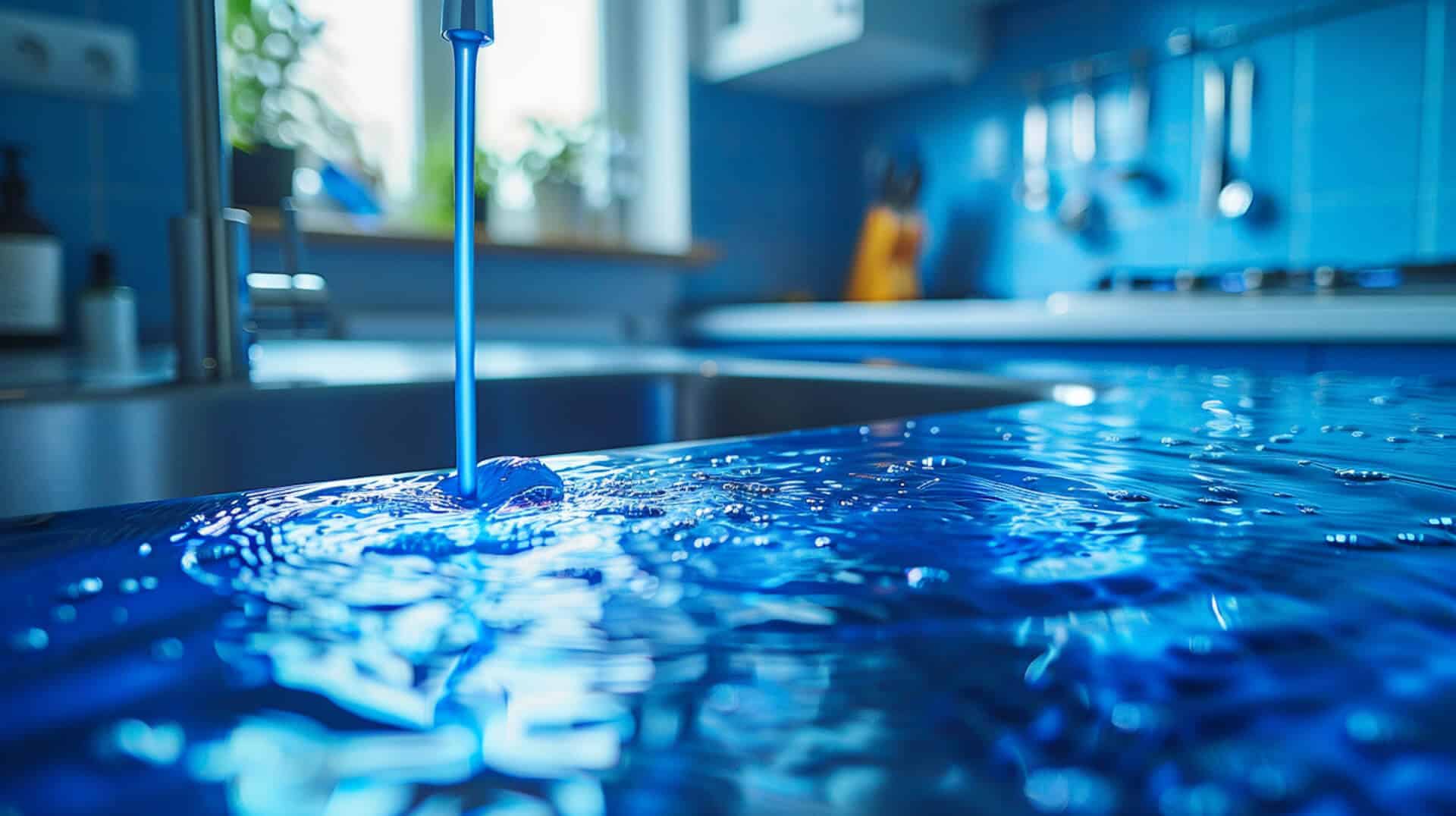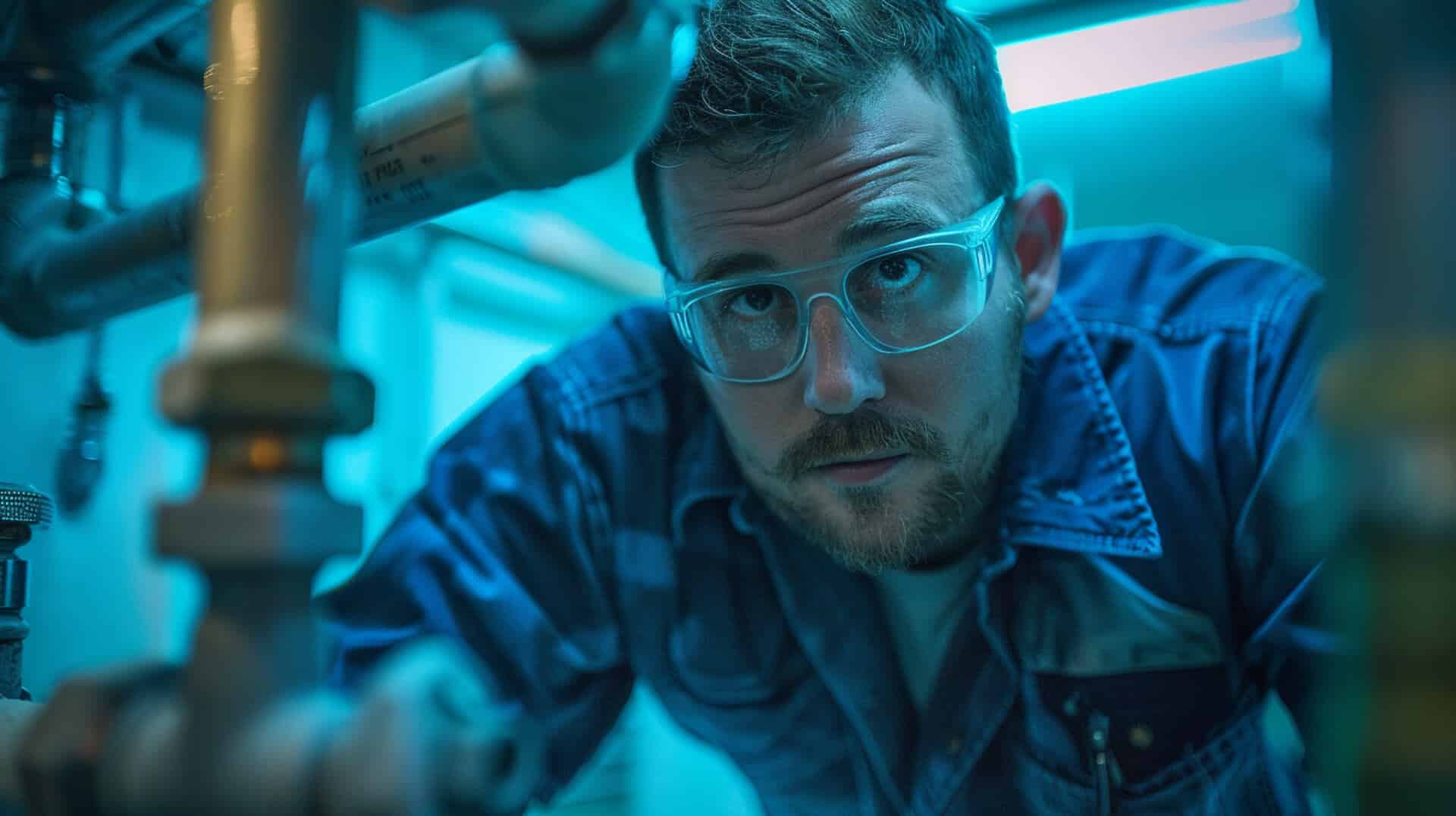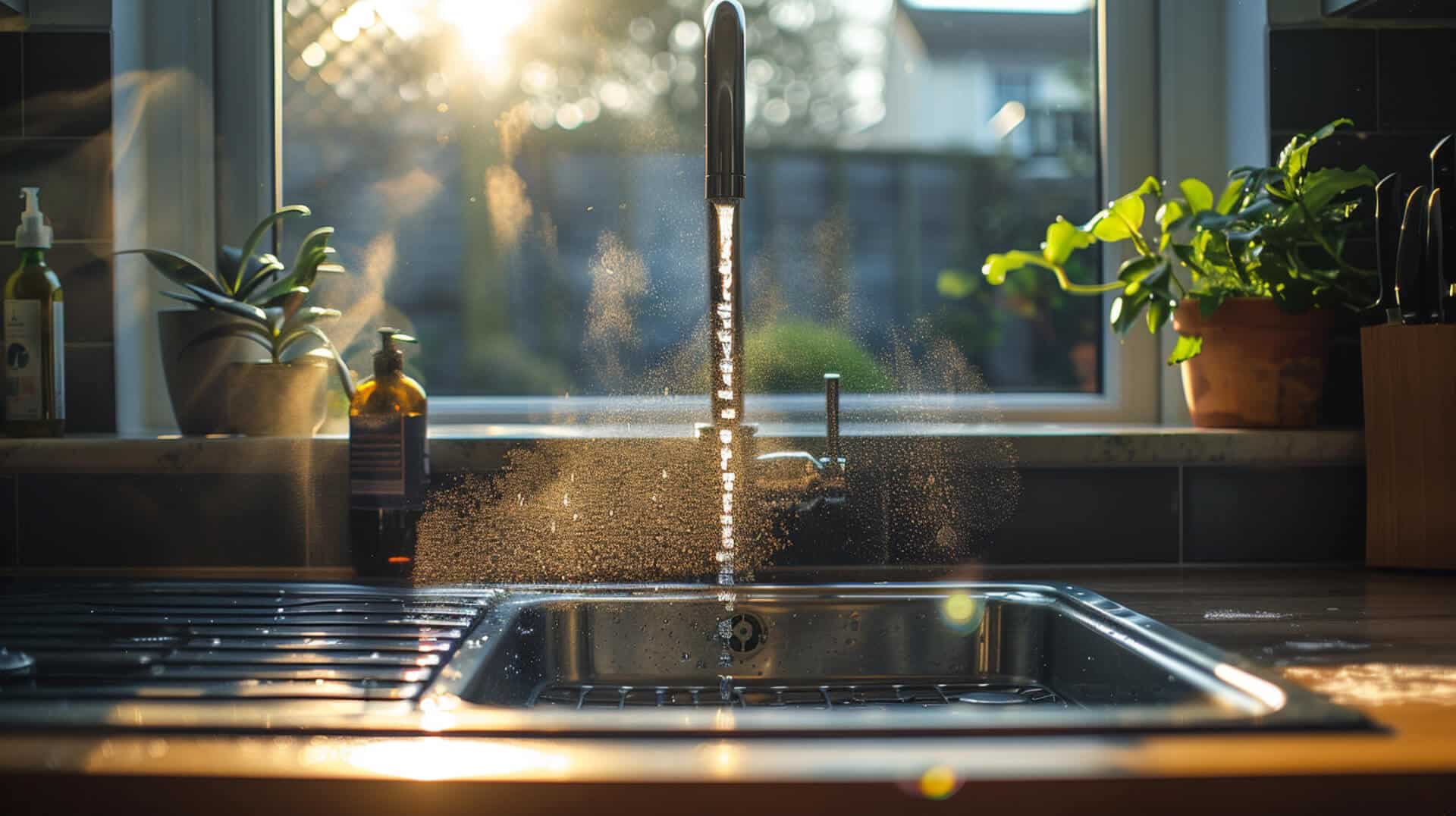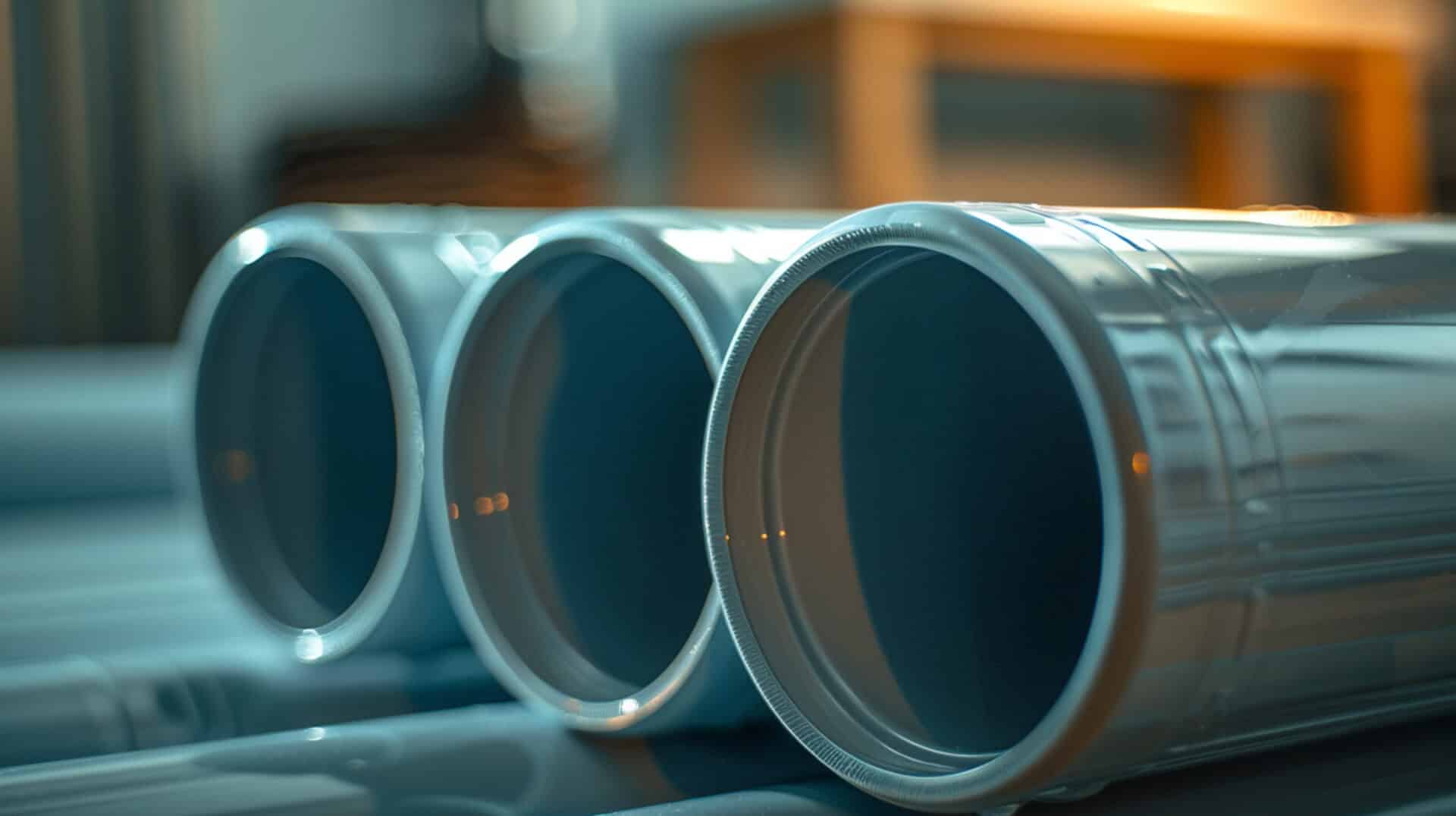 What Is Dye Testing For Drains And How Does It Work
What Is Dye Testing For Drains And How Does It Work
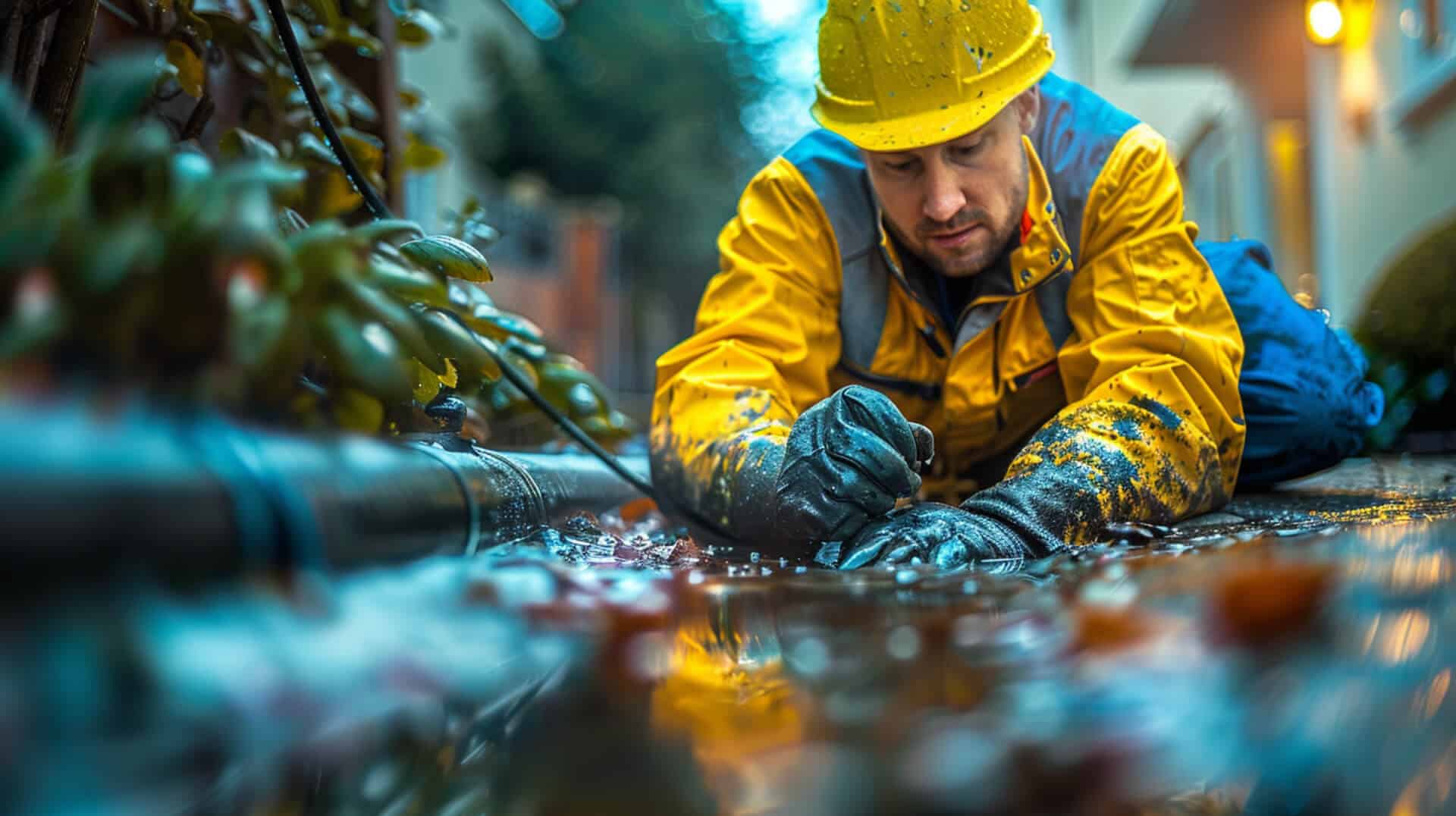
Dye testing is a diagnostic procedure used to identify issues within drainage systems. It serves as a critical tool for property management, ensuring plumbing integrity and environmental compliance. This guide provides an in-depth look at dye testing, tailored for property owners, business owners, and facility managers.
Purpose of Dye Testing
Dye testing involves introducing a non-toxic coloured dye into the drainage system. The purpose is to detect leaks, improper connections, and confirm the correct routing of wastewater. This test is essential for maintaining the functionality of plumbing systems and adhering to environmental standards.
Contribution to Plumbing Integrity
By revealing hidden faults, dye testing helps prevent potential damage to property and the environment. It is a proactive measure that can save significant costs and time associated with undetected plumbing issues.
Essential Procedure for Property Management
For property transactions, especially in areas like Pittsburgh, PA, dye testing is not just recommended but often mandated by law. It is a critical step in ensuring that properties meet legal and environmental regulations before a sale or transfer.
Guide’s Objective
This guide aims to demystify the dye testing process, providing you with the knowledge to understand its importance, how it is conducted, and the implications of the results. Whether you’re a property owner, business owner, or facility manager, this information will help you navigate the complexities of dye testing with confidence.
Legal and Regulatory Considerations for Dye Testing
When considering dye testing for your property’s drainage system, it’s essential to be aware of the legal and regulatory landscape that governs this procedure. Dye testing is not only a practical tool for identifying drainage issues but also a compliance measure in certain jurisdictions.
Mandatory Dye Testing Regulations
In some regions, such as Pittsburgh, PA, dye testing is a mandatory requirement before property transactions can be finalised. This mandate ensures that all properties comply with local environmental standards and that any potential issues with sewer connections are addressed prior to the sale.
Legal Frameworks Supporting Dye Testing
The legal frameworks that necessitate dye testing are typically rooted in environmental protection policies. These regulations aim to prevent contamination of waterways and ensure that sanitary and stormwater systems operate correctly. Compliance with these laws is critical to avoid potential legal and financial penalties.
Impact of Regulations on Dye Testing
Regulations may dictate specific procedures for conducting dye tests, including the types of dyes approved for use and the qualifications of professionals who may perform the testing. Adhering to these regulations ensures the validity of the test results and the integrity of the drainage system.
Importance of Compliance in Property Management
For property owners, business owners, and facility managers, compliance with dye testing regulations is a crucial aspect of responsible property management. It not only protects the environment but also safeguards property value and prevents future liabilities related to drainage issues.
Understanding Different Sewer Systems
Before conducting dye testing, it’s important to understand the type of sewer system that services your property. The distinction between combined sewers and sanitary sewers can significantly affect the dye testing process and its interpretation.
Distinction Between Sewer Types
Combined sewers are designed to collect rainwater runoff, domestic sewage, and industrial wastewater in the same pipe. During heavy rainfall, these systems can overflow, leading to potential environmental contamination. Sanitary sewers, on the other hand, are dedicated solely to carrying domestic and industrial wastewater to treatment facilities, separate from stormwater systems.
Impact on Dye Testing
The type of sewer system influences the dye testing approach. In combined sewers, dye testing must account for the possibility of rainwater diluting the dye, which could affect the visibility of the test results. Sanitary sewers typically provide a clearer medium for observing the dye, making it easier to identify leaks or improper connections.
Importance of Sewer System Identification
Knowing your sewer system type is crucial for accurate dye testing. It informs the choice of dye, the timing of the test, and the interpretation of results. Accurate identification ensures that the test is conducted under appropriate conditions, providing reliable outcomes.
Identifying Your Sewer System
Property managers can identify their sewer system type by consulting local building codes, property blueprints, or municipal water authorities. This information is vital for planning an effective dye test and ensuring compliance with local environmental regulations.
The Importance of Professional Dye Testing
Dye testing is a critical procedure for assessing the integrity of drainage systems, and its execution requires a level of precision that typically necessitates professional involvement.
Risks of DIY Dye Testing
While some property owners may consider conducting dye testing independently, this approach carries risks. Without the proper knowledge and tools, you might misinterpret the results or overlook key indicators of drainage issues. Moreover, incorrect application of dye can lead to false positives or negatives, potentially resulting in undetected environmental compliance issues.
Ensuring Accuracy in Dye Testing
Professionals in the field of dye testing are equipped with specialised dyes and tools to ensure accurate results. They follow a meticulous process that includes the correct placement of dye, monitoring of water flow, and interpretation of results. This precision is paramount to identifying any improper connections or leaks within the system.
Qualifications of Dye Testing Providers
When selecting a service provider for dye testing, you should look for qualifications such as certifications, experience in the field, and knowledge of local regulations. Providers should also have a track record of accurate and reliable testing, ensuring that the results you receive are trustworthy and actionable.
Procedure of Conducting Dye Testing
Dye testing is a straightforward yet critical process for evaluating the condition of drainage systems. It involves a series of steps that must be followed meticulously to ensure accurate results.
Step-by-Step Dye Testing Process
The procedure for conducting dye testing typically includes the following steps:
- Selection of Appropriate Dye: Non-toxic, biodegradable dyes are chosen, often in distinct colours like fluorescein, to trace water flow accurately.
- Preparation of the Drainage System: The system is prepared to ensure that the introduction of dye will not be diluted or misdirected.
- Introduction of Dye: The selected dye is introduced into the drainage system at strategic points to cover all potential pathways.
- Monitoring of Water Flow: Professionals monitor the flow of dyed water through the system to identify any leaks or improper connections.
- Inspection of Exit Points: The exit points of the system are inspected for the presence of dye, which would indicate a fail in the test.
Safety Measures During Testing
Safety is paramount during dye testing. Professionals wear personal protective equipment (PPE) and follow environmental safety protocols to ensure that the dye does not harm the surrounding ecosystem or the individuals conducting the test.
Duration of the Dye Testing Process
The duration of the dye testing process can vary depending on the size and complexity of the drainage system. However, it typically takes a few hours to complete, with some time allocated for the dye to travel through the system and for thorough inspection of the results.
Interpreting Results from Dye Testing
Understanding the outcomes of dye testing is crucial for property managers to assess the condition of their drainage systems and ensure compliance with environmental standards.
Binary Results System
Dye testing typically yields a binary result: pass or fail. A pass result indicates that no dye has appeared in the sanitary sewer, suggesting that there are no improper connections or leaks. Conversely, a fail result is given if the dye is detected in the sanitary sewer, signalling potential issues that require attention.
Actions Following Dye Test Results
Upon receiving dye test results, property managers should:
- Review the Results: Carefully examine the report provided by the professionals to understand the specifics of any issues detected.
- Consult with Experts: If the test fails, it is advisable to consult with licenced plumbers or drainage consultants to discuss the next steps.
Implications of a Failed Dye Test
A failed dye test has several implications:
- Need for Remediation: The property may require repairs or modifications to the drainage system to correct the identified issues.
- Compliance Certification: After addressing the issues, a retest may be necessary to obtain a compliance certification, confirming that the property meets environmental regulations.
Property managers are encouraged to act promptly on dye test results to maintain the integrity of their drainage systems and adhere to environmental compliance requirements.
Remedial Actions Following Failed Dye Testing
If dye testing results indicate a failure, it is imperative to take prompt and appropriate actions to address the underlying issues. This section outlines the steps you should undertake to ensure your drainage system is brought up to standard.
Steps to Take After a Failed Dye Test
Upon receiving a failed dye test result, the initial step is to conduct a calm assessment of the situation. It is important to understand that a failed result is not uncommon and can be rectified with the right approach.
- Consultation with Professionals: Seek the expertise of licenced plumbers or drainage consultants who can provide a detailed analysis of the issues and recommend solutions.
- Planning for Repairs or Modifications: Based on the professional’s advice, plan for the necessary repairs or modifications to the drainage system.
Finding Qualified Remediation Services
To find qualified professionals for remediation:
- Research Local Services: Look for service providers with positive reviews and a proven track record in dye testing and drainage system repairs.
- Verify Credentials: Ensure the professionals you engage are certified and have experience with environmental compliance issues.
Typical Repairs and Modifications
Repairs may include sealing leaks, rerouting pipes, or updating fixtures to prevent future failures. Modifications might involve more extensive changes to the system to ensure proper separation of sanitary and stormwater flows.
Contribution to Environmental Compliance and Property Value
Remediation efforts not only contribute to environmental compliance but also enhance the overall value of your property. A well-maintained drainage system is less likely to encounter issues in the future, saving you from potential fines and costly emergency repairs.
Dye Characteristics and Environmental Safety
In the realm of dye testing for drains, the selection of dye is a critical factor that influences both the efficacy of the test and the safety of the environment.
Types of Dyes Used in Testing
Professionals utilise non-toxic, biodegradable dyes for testing, ensuring that the process is environmentally responsible. These dyes are specifically formulated to provide a stark contrast against the backdrop of water, making them ideal for identifying leaks and improper connections.
Ensuring Environmental Safety
To ensure the dyes are environmentally safe, professionals choose products that are certified as non-toxic and biodegradable. These dyes break down naturally in the environment, minimising any potential impact on local ecosystems.
Benefits of Non-Toxic Dyes
The use of non-toxic, biodegradable dyes offers several benefits:
- Safety for Aquatic Life: These dyes do not harm aquatic organisms or disrupt their habitats.
- No Adverse Effects on Water Quality: The dyes do not alter the chemical composition of the water, preserving its quality for other uses.
Impact of Dye Choice on Testing
The choice of dye can significantly affect the accuracy and reliability of the testing process. Fluorescein, for example, is a dye that is often highlighted for its fluorescent properties under UV light, which can enhance the visibility of the dye in the water, leading to more precise identification of drainage issues.
Complementary Diagnostic Techniques
Dye testing is a valuable tool in the diagnosis of drainage issues, but it is often used in conjunction with other diagnostic methods to provide a comprehensive analysis of a property’s drainage system.
Integration with Drain Mapping and Camera Inspections
To enhance the understanding of a drainage system’s condition, dye testing can be combined with:
- Drain Mapping: This technique provides a detailed layout of the drainage network, identifying all the connection points and pathways which can be crucial for targeted dye testing.
- Camera Inspections: CCTV camera inspections offer a visual inspection of the internal state of pipes, helping to pinpoint the exact location of leaks, blockages, or structural damage.
Benefits of Combined Diagnostic Approaches
Integrating dye testing with these techniques offers several advantages:
- Accuracy: Combining visual inspections with dye testing increases the accuracy of the diagnosis, as it allows for cross-verification of the findings.
- Efficiency: It saves time and resources by providing a clear picture of the issue, which helps in planning effective remediation strategies.
Accessing Complementary Services
Property managers can access these services through professional plumbing and drainage companies. When selecting a service provider, it is advisable to choose companies that offer a range of diagnostic services, ensuring a thorough assessment of your drainage system.
Benefits of Regular Dye Testing for Property Management
Regular dye testing plays a pivotal role in the proactive maintenance of property drainage systems. It is a preventive measure that can save property owners significant time and resources in the long term.
Long-Term Advantages of Routine Dye Testing
Routine dye testing offers several long-term benefits:
- Early Detection: Regular testing can identify potential issues before they escalate into costly repairs.
- Maintenance of System Integrity: Ongoing assessments help maintain the overall health of the drainage system.
Contribution to Property Maintenance and Value
Consistent dye testing contributes to property maintenance and value by:
- Preventing Damage: It helps avoid damage to the property caused by undetected leaks or overflows.
- Sustaining Property Value: A well-maintained drainage system is a key factor in preserving and potentially increasing a property’s market value.
Cost-Effectiveness of Dye Testing
Dye testing is considered cost-effective for several reasons:
- Minimising Repair Costs: It reduces the likelihood of incurring major repair costs by catching issues early.
- Avoiding Fines: Regular compliance with environmental standards helps avoid potential fines.
Prevention of Environmental Non-Compliance Fines
By ensuring that drainage systems are not contributing to environmental contamination, regular dye testing helps property owners avoid fines and sanctions associated with non-compliance. It demonstrates a commitment to environmental stewardship and responsible property management.
Challenges and Limitations of Dye Testing
Dye testing is a reliable method for inspecting drainage systems, yet it is not without its challenges and limitations. Understanding these can help property managers effectively navigate the process and ensure accurate results.
Common Challenges in Dye Testing
During dye testing, property managers may encounter several challenges:
- Dilution of Dye: Heavy rainfall can dilute the dye, making it difficult to detect leaks.
- Complex Drainage Systems: Intricate or extensive drainage networks may require more comprehensive testing strategies.
Overcoming Dye Testing Challenges
To overcome these challenges:
- Timing: Conduct dye testing during dry weather to prevent dilution.
- Professional Assessment: Engage professionals who can evaluate complex systems and apply advanced techniques.
Limitations of Dye Testing
Dye testing has its limitations, which include:
- Staining: Some dyes may stain surfaces, although this is typically not an issue with non-toxic, biodegradable dyes.
- Accessibility: Certain parts of the drainage system may be difficult to access, potentially limiting the scope of the test.
Addressing Limitations for Comprehensive Analysis
Professionals address these limitations by:
- Choosing Appropriate Dyes: Selecting dyes that are less likely to stain and more visible under various conditions.
- Utilising Complementary Techniques: Incorporating camera inspections and drain mapping to reach inaccessible areas and provide a more complete analysis.
By anticipating and adapting to these challenges and limitations, property managers can ensure that dye testing is conducted effectively, yielding reliable insights into the health of their drainage systems.
Key Takeaways About Dye Testing for Drains
Dye testing is an invaluable procedure for property owners, business owners, and facility managers to ensure the integrity of their drainage systems. This section encapsulates the essential points about dye testing and its role in property management.
Understanding the Benefits of Dye Testing
Dye testing offers several advantages:
- Early Detection: It helps in identifying leaks and improper connections early, preventing more significant issues.
- Compliance: It ensures that properties meet local environmental regulations, particularly in areas where dye testing is mandatory.
Dye Testing and Responsible Property Management
Incorporating dye testing into regular maintenance schedules is a hallmark of responsible property management. It demonstrates a commitment to preserving the environment and maintaining the value and safety of the property.
Ensuring Optimal Functioning of Drainage Systems
To ensure that drainage systems are compliant and functioning optimally:
- Engage Professionals: Utilise the services of experienced professionals for accurate dye testing and interpretation of results.
- Regular Maintenance: Schedule regular dye testing as part of a comprehensive maintenance plan.
- Follow Up on Results: Take immediate action on any issues identified during dye testing to maintain system integrity and compliance.
By adhering to these practices, property managers can safeguard their investments and contribute to the well-being of the broader community.
